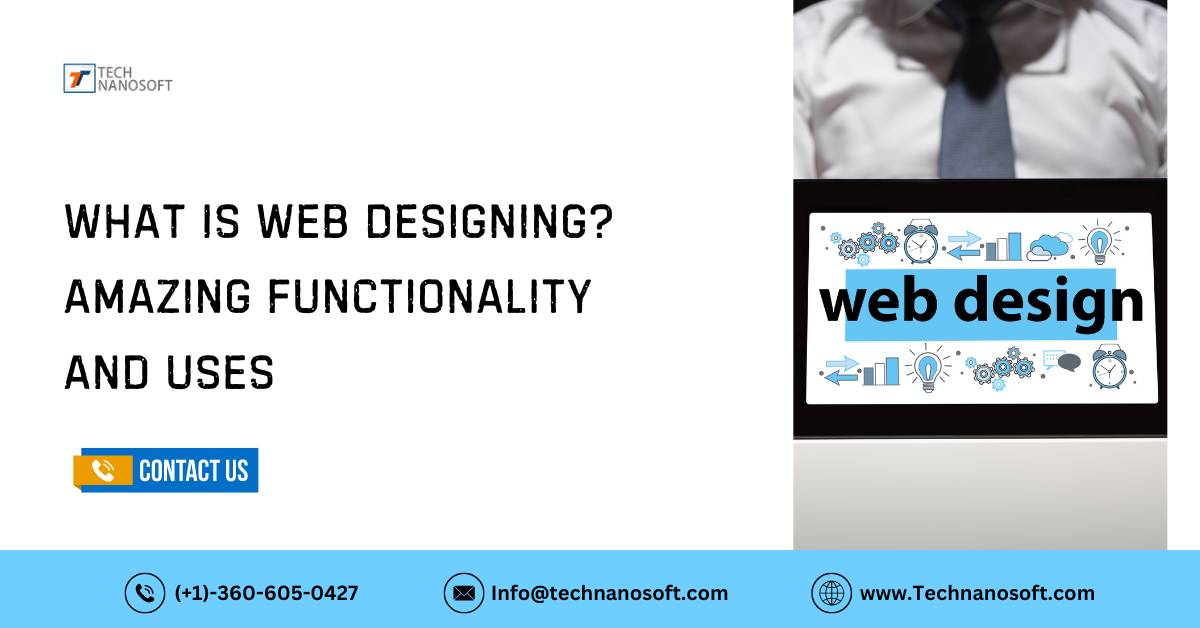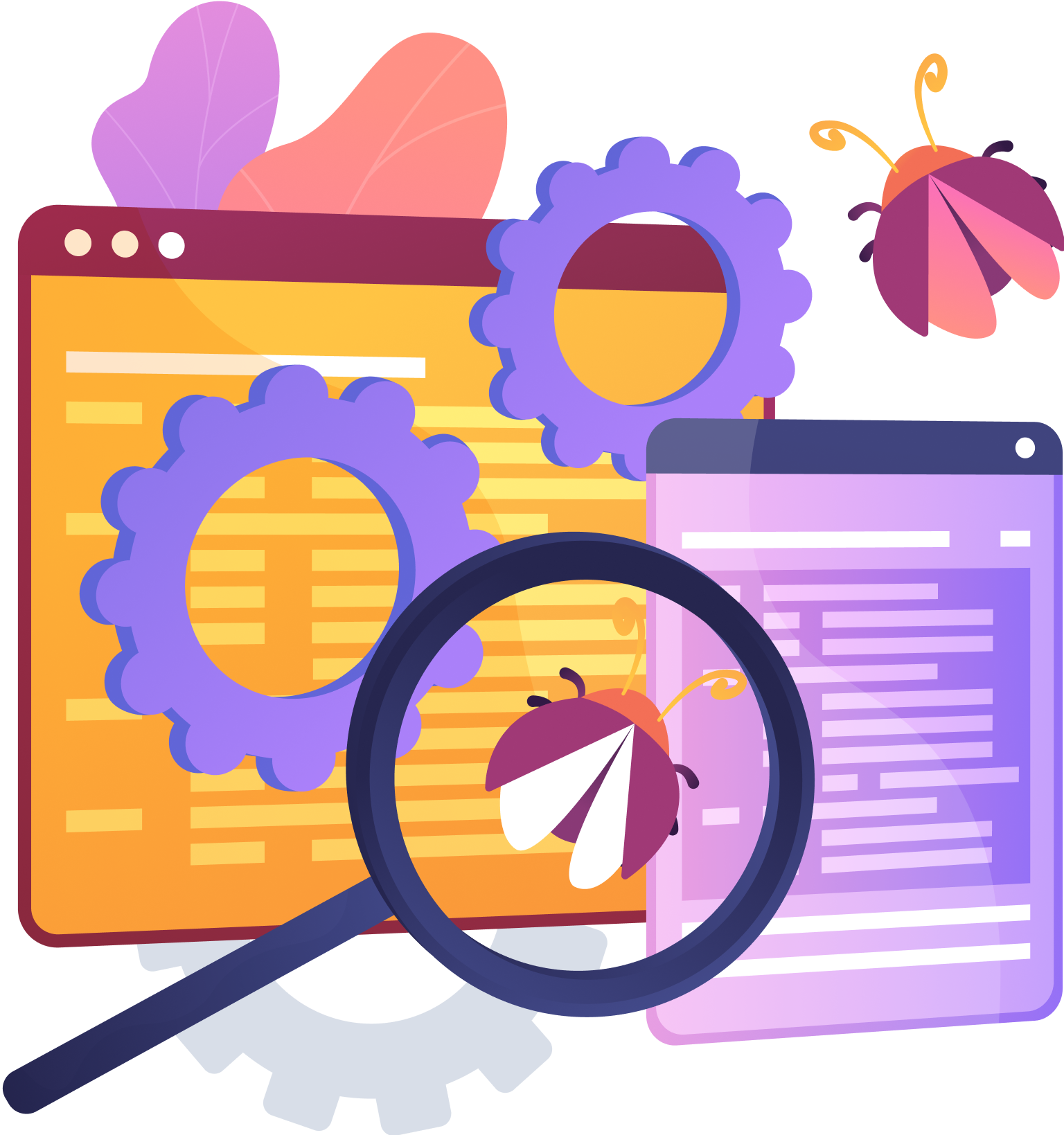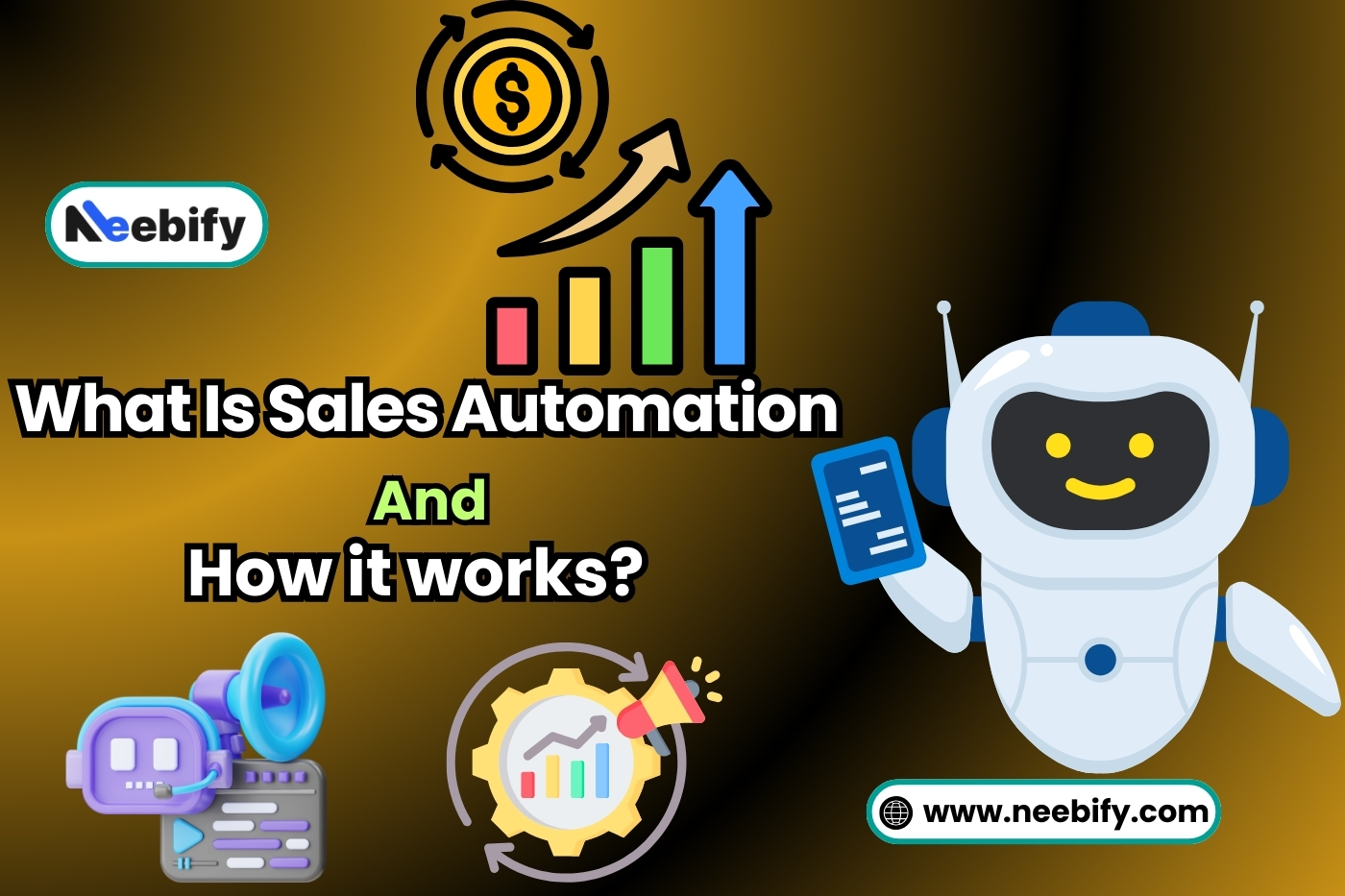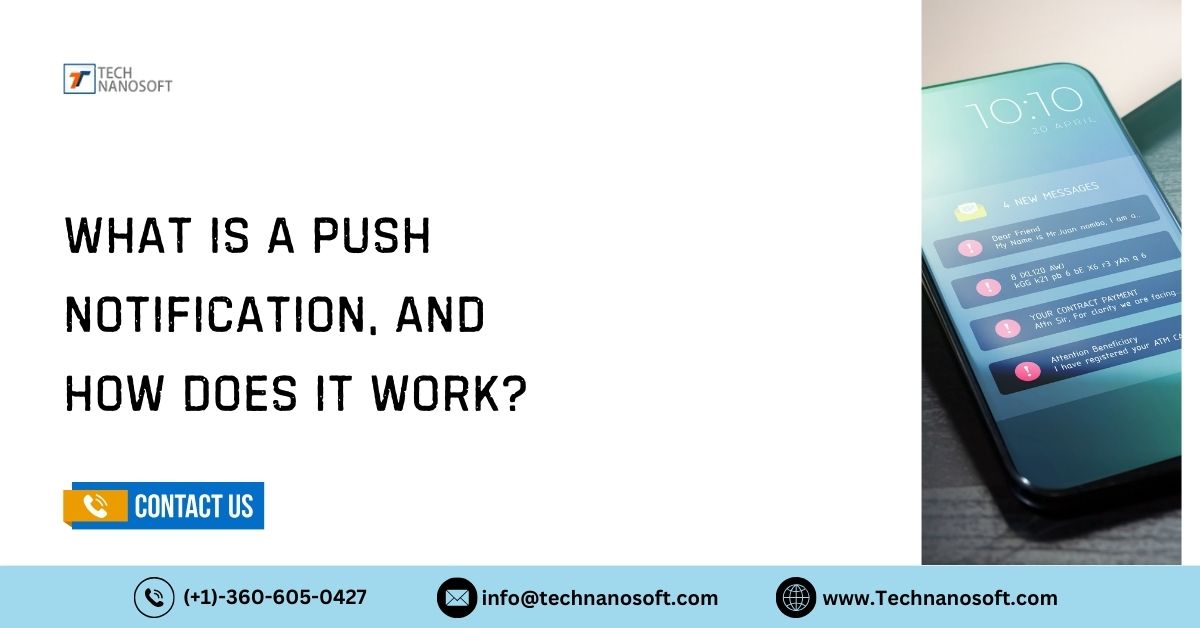What Is Web Designing? Amazing Functionality and Uses

In today's fast-paced digital market, a well-designed website is more than just a place online. The face of your brand, a place for people to interact with you, and a way to grow your business. The digital revolution can't happen without web design. Web design includes many different parts, methods, and tools for creating websites that look good and are easy to use.
This guide covers web design, including its definition, types, functions, best practices, and development stages. It discusses 3D web design, the importance of UI/UX design, future trends, programming languages, and their related costs.
What is Web Designing?
Web design is the process of creating and organizing the visual elements of a website to make it engaging. It takes a lot of careful work that combines technical skill with creative thinking to make digital spaces that keep people interested and make sure users have a smooth experience.
Web designers are very important because they turn a brand's essence and goals into appealing online identities while also making sure that the sites work on a wide range. They specialize in optimizing websites for search engines, ensuring maximum visibility and viewership. Web design combines technical skill with artistic vision to create engaging digital experiences that connect with users and boost online business.
Various Forms of Web Design
Static web designing
This type of web design is all about making simple websites that don't change. Great for businesses that don't need to make changes often. These websites provide a steady online presence, showing off goods or services in a stable way. web designing companies that care about how clear their information is can use static designs as a reliable base without having to use dynamic content management.
Their ease makes it easy to find your way around and get to the information you need quickly, which improves the user experience and builds trust in your brand. Static web design is a solid base for businesses that want an easy-to-use but powerful online presence, which is important for building trust and speaking clearly with their target audiences.
Dynamic Web Designing
Dynamic web design uses flexible content management systems like WordPress or Joomla to make websites that need to change their content often. These platforms make it easy to change material, so users can be sure it is always relevant and up-to-date. Businesses that change their products or services often benefit from changeable designs, which make managing content easier and keep users interested.
Dynamic web design makes it easy for businesses to keep up with market trends by focusing on being flexible and adaptable. This builds customer happiness and brand credibility. It is always changing because it wants to give people the most up-to-date and interesting online experiences, which is very important for long-term success in today's digital world.
Online Shopping Web Designing
Web design for online shopping focuses on creating safe and user-friendly e-commerce systems. The goal is to ensure smooth transactions and easy-to-use interfaces for customers. These designs put usefulness first, adding things like safe payment options and streamlined checkout processes to make shopping more enjoyable. By putting products in the right order and making it easy to handle user accounts, these websites make things easier and more satisfying for customers.
The focus of online shopping web design is on the user, making sure that the whole process of shopping online is easy and smooth. Customers believe in it and stay loyal to it because it value usability and security. This is important for driving sales and long-term business growth.
Responsive Web Designing
The goal of responsive web design is to make sure that users have the same, easy-to-use experience on all devices by automatically changing styles to fit different screen sizes. In a time when different screen resolutions and device types are common, responsive design makes sure that all users can view and use the site.
Responsive web design provides the best experience for users on all devices by changing content and styles on the fly. This method puts an emphasis on being inclusive and easy to use, taking into account users' choices and actions. Responsive web design shows that you care about user happiness and accessibility, which is important for reaching and engaging more people in today's mobile-first world.
Graphic Designing
Graphic design uses banners, logos, and pictures to make websites look better and attract people to engage with them. These parts get the message across clearly, reinforce the brand's personality, and keep users interested. Graphic artists work to make websites that look good by making sure that text, colors, and images all go together.
Good graphic design keeps people's attention, making exchanges memorable and helping people remember brands. Today's online world is very competitive, so you need strong visual design to stand out and give users a great experience. By combining creativity with strategic design principles, graphic design improves the look of a website and builds trust in the brand, which is important for attracting and keeping viewers.
Uses of Web Designing
Aesthetic Appeal
The look of a website, such as its color schemes, fonts, and images, is very important for communicating company identity and making a good first impression. These visual elements make the space feel warm and inviting, and they also make the space look good together, which grabs people's attention and makes them want to look around more.
By making sure that brand messaging and design elements go together, web designers improve the general look of a site, making it more memorable and interesting for visitors. Appealing to the eye is important for establishing credibility and building brand memory. This makes it an essential part of successful web design that connects with users and leaves a lasting impression.
User Experience (UX)
Web designers put the user experience first by making sure that websites are easy to reach, load quickly, and are easy to navigate. By making sure that users with disabilities can access content and that pages load quickly, designers improve usability and include everyone, meeting the needs of a wide range of audiences. Smooth navigation systems make it easier for users to interact with the system, making it easier to explore and communicate.
A good user experience builds trust and happiness, which leads to more visits and loyalty to the brand. Web designers work hard to improve UX in all parts of website interaction, from the first visit to ongoing participation. They do this to make sure that users have a smooth, enjoyable experience that meets their needs and goes beyond their expectations.
Responsiveness
As the number of mobile devices grows, web designers stress the importance of responsive design to make sure that experiences are uniform and easy to use on screens of all sizes. By putting adaptability and flexibility first, responsive designs change the layout and content on the fly to ensure the best watching experiences on phones, tablets, and computers.
This method makes things easier to access and use by taking into account users' habits and how they behave across devices. With more and more people using mobile devices, flexible design is important to reach and engage audiences, show that you care about users, and make sure that interactions work smoothly across all platforms.
Functionality
In web design agencies Web designers and developers work together to add interactive elements and features that keep users interested and improve the overall user experience. From easy-to-use navigation menus to engaging multimedia content, these features make websites easier to use and more fun to enjoy, encouraging users to stay on the site longer and explore more. Designers improve the website's usefulness and effectiveness by adding new features and smoothing interactions.
This helps build stronger relationships with users and get them to take the actions they want to take. Functionality is a key part of making user experiences better and meeting business goals. This shows how important it is for design and development teams to work together strategically to create websites that are both powerful and user-centered.
What Is The Best Way to Create a Website?
Different businesses have different goals and needs, so they choose a web design approach that fits those needs. For smaller businesses that only need to change their content every once in a while, static web design is a simple and inexpensive option. On the other hand, changeable designs are better for websites whose content changes often because they make the site more flexible and scalable. On the other hand, e-commerce businesses benefit from web design that specifically enhances online shopping.
These designs put an emphasis on safe transfers, easy-to-use interfaces, and quick navigation. Ultimately, the best approach is one that fits perfectly with the specific needs and goals of the project. Businesses can improve their online presence, get more people to interact with them, and encourage growth in the digital world by adapting the method to their unique needs.
Strategic web design not only improves the user experience, but also builds trust in the brand, which increases sales and makes it easier to stay successful in the online market over the long run.
Azure and AWS for Web Design
Offering secure and scalable cloud options, AWS and Azure are key to progress in web design. AWS offers a wide range of services, including storage and processing power, that let web designers make websites that can grow easily and run at their best. Azure, on the other hand, makes the creation process better with its wide range of tools and easy integration with Microsoft technologies.
Cloud systems make deployment, managing resources, and security easier, so creators don't have to deal with the complicated tasks of managing infrastructure. This lets them focus on making websites that look good and work well. With the help of AWS and Azure, creators can improve the experiences of users and help businesses succeed in today's constantly changing digital world.
3D Web Design
3D web design adds a new layer to website graphics by giving them more depth and realism. Web designers create immersive user experiences that hold guests' attention by using three-dimensional graphics and effects. This method is especially popular in fields like gaming, entertainment, and building where visual impact is crucial.
Adding 3D features to websites lets them offer dynamic and interactive content, which keeps users interested and helps them stick around. 3D web design opens up new ways to tell stories and express brands, from lifelike product showcases to immersive virtual worlds. Businesses can set themselves apart in the online world by using cutting-edge technology and creative design techniques. By giving guests visually stunning and memorable digital experiences, businesses can leave a lasting impression.
UI/UX Design Skills For The Web or 3D
User interface (UI) and user experience (UX) design are important parts of web design that make users more interested. UX design looks at the whole user journey, which includes things like navigation, usability, and responsiveness. It makes sure that people who visit the website have a smooth and enjoyable time using it. However, UI design is more about how things look and making sure that the interface is both attractive and easy to use.
UI design makes websites easier to use and looks better by combining aesthetic elements with simple design principles. UX and UI design work together to make the user experience smooth and enjoyable, which increases interest and encourages good interactions with the website. These things are necessary to make websites that not only look good but also work well, which will eventually make users happier and more likely to stick around.
The Prospects For Web Design
Combining VR and AR
A cutting-edge way to make online experiences more immersive and interesting is to use VR , AR features in web design. Augmented reality (AR) makes the real world better by adding digital elements on top of it. It also makes it easier to switch between virtual and real-world exchanges.
On the other hand, virtual reality (VR) uses special equipment like VR headsets to take viewers to completely virtual places where they can have a very immersive experience. Combining AR and VR technology transforms how people engage with online content. This makes it possible for games, interactive stories, and realistic simulations.
AI-Powered Design
AI-powered design changes the web development business by using the abilities of artificial intelligence. This new approach uses artificial intelligence (AI) algorithms to analyze user behavior and preferences. By noticing trends, AI lets websites change content, layout, and features on the fly, giving users a more personalized and flexible experience. It also makes users happier and more loyal, and it makes them more interested in using the service.
Voice User Interface (VUI)
The voice user interface, or VUI, changes the way people use websites and apps in a big way. Technology makes things easier to get to and use by letting you use your words and control them without using your hands.
VUI makes it easy and effective for people to connect with technology. Smart home appliances, navigation systems, and assistants can utilize it. This accessibility tool makes it easier for people with different levels of dexterity to use the site.
Minimalist Design
As a design idea, minimalist design focuses on making things clear and simple so that users can focus better and load times are faster. Minimalist design focuses on functionality and clear communication by getting rid of unnecessary details and visible clutter. This method makes it easier to find your way around and highlights the important parts, which makes the experience better for the user. A simpler design also makes websites run faster, which makes users happier and improves performance as a whole.
Dark Mode
More and more designs are using Dark Mode because it may improve reading and lessen eye strain. Designers who use dark mode use dark color schemes, which are easier on the eyes, especially when there isn't much light.
This style of design is very popular because it looks good and makes things easier to read. Dark mode is becoming more popular in web design as people look for comfort and less eye strain. It's a nice-looking and easy-to-use alternative to light-mode platforms.
Which Languages Web Designers Use?
1. HTML (Hypertext Markup Language) is the most important language for building websites because it gives you a structured way to control the style and content of your pages. HTML is a basic markup language that tells browsers how to correctly display text, images, links, and other elements by defining their layout.
Web designers and writers can't do their jobs without it because it's so simple and flexible. It makes it easier to make websites that everyone can access and use. By learning HTML, developers can make sure that their websites are well-structured, search engine-friendly, and work on a variety of platforms and devices. This builds a strong foundation for a website's online presence and exposure.
2. Cascading Style Sheets (CSS) play a crucial role in web design, enabling writers to modify the appearance and layout of web pages. CSS lets artists set styles for things like fonts, colors, margins, and positioning, making sure that the whole website looks good and is consistent. CSS improves maintainability and flexibility by separating style from text.
This makes it possible to make quick and easy changes to design elements. CSS also lets writers make layouts that are responsive and mobile-friendly, which improves the user experience on all devices. Knowing how to use CSS is necessary to make websites that look good, are professional, keep users interested, and effectively communicate brand identity.
3. JavaScript transforms website development by enabling dynamic material and interactive features. JavaScript is a flexible computer language that lets developers create interesting user experiences with features like animations, form validation, and interactive maps. Its real-time editing of HTML and CSS makes websites more flexible and interactive, which makes users more engaged and satisfied.
Frameworks and libraries for JavaScript make development even easier by giving you ready-made solutions for common jobs and making you more productive. Learn JavaScript, and writers will be able to make dynamic, immersive web experiences that keep people interested and help businesses succeed in the digital age.
4. People widely use Hypertext Preprocessor, or PHP, a powerful server-side coding language, to create dynamic web pages and web apps. It is a popular choice among writers who are making dynamic websites with interactive features because it is flexible, easy to use, and has a lot of powerful features. PHP works well with databases because it lets developers get and change data on the fly, personalize content, and make it easier for users to connect with the site.
PHP has a large ecosystem of tools and libraries that make it possible for fast development and scalability. This lets businesses make feature-rich web solutions quickly. When coders learn PHP, they have the tools they need to make web apps that are scalable, fast, and adaptable to the changing needs of modern digital experiences.
5. Python and Ruby are becoming popular computer languages for building websites because they are flexible, easy to read, and have large communities of frameworks and libraries. Frameworks like Django execute web apps written in Python, a language known for its ease of use and understandability. This lets developers work quickly on bigger projects. Similarly, Ruby and frameworks like Ruby on Rails make agile development easier by putting an emphasis on convention over configuration and making it easy for workers to make strong web apps quickly.
Both languages focus on making developers more productive and easy to manage, and they both offer elegant solutions to difficult web development problems. In today's competitive digital world, developers can use Python or Ruby to make dynamic and new web experiences that keep users interested and help businesses grow.
Website Design Cost
Many factors, including the project's difficulty, the features required, and the design team's skill level, influence the cost of web design. Due to their simplicity, small static websites tend to be less expensive than big dynamic or e-commerce sites. Regular upkeep and updates also influence the total cost.
Businesses should think of web design as an investment because a well-designed website can have a big effect on how users interact with and feel about a brand. Businesses can improve their online presence, get and keep customers, and eventually reach their goals more easily in today's competitive digital world by putting money into good web design. Because of this, it's important to put great design first and see it as an investment rather than a cost.
READ ALSO- Google Play license verification library for applications
Technanosoft: Unlocking The Potential of Web Design
Technanosoft becomes an important partner in web creation by providing a wide range of tools and resources that boost creativity, productivity, and effectiveness. Technanosoft gives creators the tools they need to be as creative as they can be and create great web experiences. Technanosoft has editors for artists of all skill levels, from simple drag-and-drop ones to more complex ones that let you code.
This makes it easy to work together and make changes that are truly unique. Technanosoft has a large library of templates, themes, and tools that speed up prototyping and encourage new ideas. This makes sure that every project stands out in the digital world, which is very competitive. No matter how experienced or new you are as a creator, Technanosoft is the company you can trust to help you make web designs that are both interesting and effective.
FAQs about Web Design
Q.1- What is web design, and why is it important?
A- Web design is the process of making and arranging the visual parts of a website. It's important because it has a direct effect on how users feel about the business, how visible it is online, and how people see it. A well-designed website builds trust, keeps users interested, and leads to sales.
Q.2- What are the key elements of effective web design?
A- Web design that works well includes things like easy browsing, responsive layout, quick load times, nice looks, and features that make the site accessible to everyone. These things make sure that users have a good time and help your site rank better in search engines
Q.3- How does responsive web design impact SEO?
A- Responsive web design makes sure that a website works well on all devices and screen sizes, so users always have the same experience. Google prioritizes mobile-friendly websites in its search results, thereby enhancing your site's ranking and increasing its visibility.
Q.4- What role does content play in web design and SEO?
A- Both site design and SEO depend on content. Relevant, high-quality content not only keeps users interested and informed, but it also helps your site rank higher in search engines. Web designers need to plan how to include information so that it fits with the design and makes the user experience better.
Q.5- Why is site speed important for SEO?
A- Speed has a big effect on both how users feel about a website and how well it does in search engines. Websites that take a long time to load annoy users and cause more people to leave quickly, which is bad for SEO. To make a site faster, you need to optimize images, reduce the number of HTTP calls, and use caching tools.
Q.6- How can website accessibility affect SEO performance?
A- Website usability makes sure that everyone, even people with disabilities, can use the site and find their way around it easily. Google and other search engines want websites to be available, so adding things like alt text for images and keyboard navigation can help SEO.
Q.7- What are some common web design mistakes to avoid for SEO purposes?
A- Using too many pop-ups, not optimizing for mobile devices, having complicated navigation systems, and using old code methods are all common web design mistakes that can hurt SEO. Web creators can improve both the user experience and search engine visibility by staying away from these mistakes.
Q.8- How often should a website undergo a redesign or update?
A- To keep up with changes in business goals, design trends, and technology, websites should undergo regular redesigns or updates. The website stays fresh, current, and SEO-friendly.









